When you consider it, leveling a yard is a great idea: no more lugging the mowers uphill, tripping, and stumbling, and you’ll likely preserve your foundation in the long run. However, you may wonder what the costs are when you choose. That said, how much does it cost to level a yard?
Homeowners spend about $1,950 to have their yards leveled. This price varies depending on the slope’s severity and a few other factors that could influence the amount. Most places offer it by the cubic yard for an average price of $15. An hourly rate for landscapers begins at $50 per hour.

Erosion-prone areas require greater attention and may require frequent grading to maintain the soil in place. Each regrade might cost up to $400 more than the original. Therefore, it is important to consider a few factors throughout the process to understand the costs involved. So, what is there to consider?
Related help for hilly yards:
What Are The Costs Of Leveling A Cubic Yard?
You’ll need to measure this project in cubic yards because you’ll work with three dimensions rather than two. When re-grading a yard, expect to pay roughly $15 per cubic yard. The slope of the hill determines how much soil you’ll need. The larger the slope you’re trying to regrade, the more dirt you’ll require.
A short slope that must be lifted a few degrees might cost as little as $400 in soil. However, raising the ground 10 degrees or more may require an investment of $1,000 or more.
Hiring a local landscape grading business helps ensure that the grade is properly adjusted the first time. Guessing and regrading again can cost upwards of $400 for each regrade, not to mention the time and backaches.
If you need to know the numbers in square feet instead of yards, you can do the conversion on that. There are also tools online to do it quickly for you.
The average cost will vary based on whether or not you do the entire yard or only parts of the yard that need the leveling. A very sloped yard may need the whole thing done.
The Amount of Lawn Resloping Required
The cost is determined mainly by how much you need to shift the present slope’s orientation. If your lawn has a steep downhill slope in one direction and you need to change the slope in the other substantially, it will take a lot more labor (and money) than if it only requires a minor resurfacing.
Steep slopes exacerbate erosion, and areas with more profound and extensive slopes require more re-sloping to achieve a flat region. The standard expenses for various types of slopes are listed below.
The slope is calculated by dividing the change in height by the distance traveled. It indicates that in every 30 feet of 100 feet is a slope of 30 percent.
Costs of leveling by slope severity
The following (approximate) prices include the cost of filling soil as well as the pay of a professional. The gradient of the existing yard determines the quantity of re-sloping required. Low gradients and fewer materials are required on shallow slopes. Because of the steep gradient, a deep slope needs more fill dirt and work.
- Deep slopes of 0 – 9 degrees will cost $1800 – $5000
- Hillside slopes of 10 – 15 degrees will cost $1000 – $2500
- Shallow Slopes of 16 degrees and above will cost $400 – $1 800
The cost to level a yard in different states in the US
While the cost of living nearly always affects how much services cost based on where you reside, it doesn’t always matter when leveling a yard. The exact cost of leveling a lawn is determined on your specific property and might vary from one neighbor to the next.
So, although your neighbor could have paid $1,500 to level their yard, yours may have a higher slope and cost roughly $2,000 to level. Let’s take a look at the costs from different states.
Across these states, a quarter-acre yard costs on average are:
- Pennsylvania: $ 2 300
- Minnesota: $ 1 800
- Texas: $ 2 200
- California: $ 2 000
- Massachusetts: $ 2 500
- Michigan: $ 1 700
- Colorado: $ 2 000
- Georgia: $ 2400
7 Factors You Should Consider When Leveling Your Yard
As previously said, analyzing all the factors is critical before spending money on this endeavor. You’re conducting a vast landscaping project at the risk of stating the obvious. The land may need to be cleared of trees, sod may need to be purchased, and licenses may be required.
In some cases, heavy equipment may need to be used. If you’ve had problems with water runoff and soil erosion, this can impact the slope of your yard, but if those issues are not addressed, the problem will keep coming back.
A sloped backyard with drainage issues will need those issues resolved before or as part of the grading.
1. The costs of labor
It’s important to consider labor costs when getting cost estimates for this type of work on your lawn. Grading a yard costs about $50 per hour of labor.
The landscaping company you choose will have to clear the site, dig out any spots, and then fill in the dirt, which will take 12 to 24 hours. On average, this will raise the total labor cost to around $900.
2. The quality of the soil
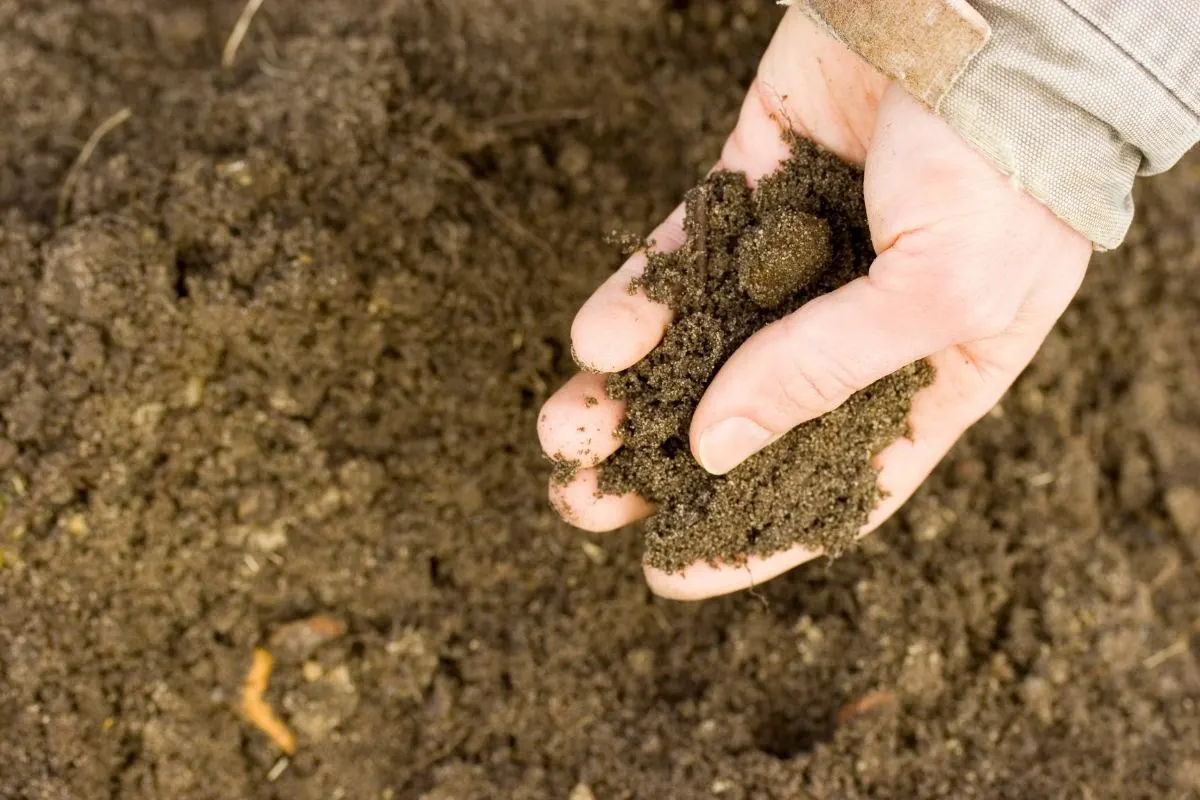
The health of the grass and other plants is determined by the soil quality utilized in a yard. Determining the quality of pre-existing soil is critical so that the re-sloped area fits the overall yard’s growth pace and health. When done by a professional, soil testing might cost anywhere from $700 to $1,800.
A few low-cost tests are available for as little as $400. Fill soil costs $8 to $15 depending on the number of nutrients available. The price of high-quality variations will be higher.
3. Applying sod
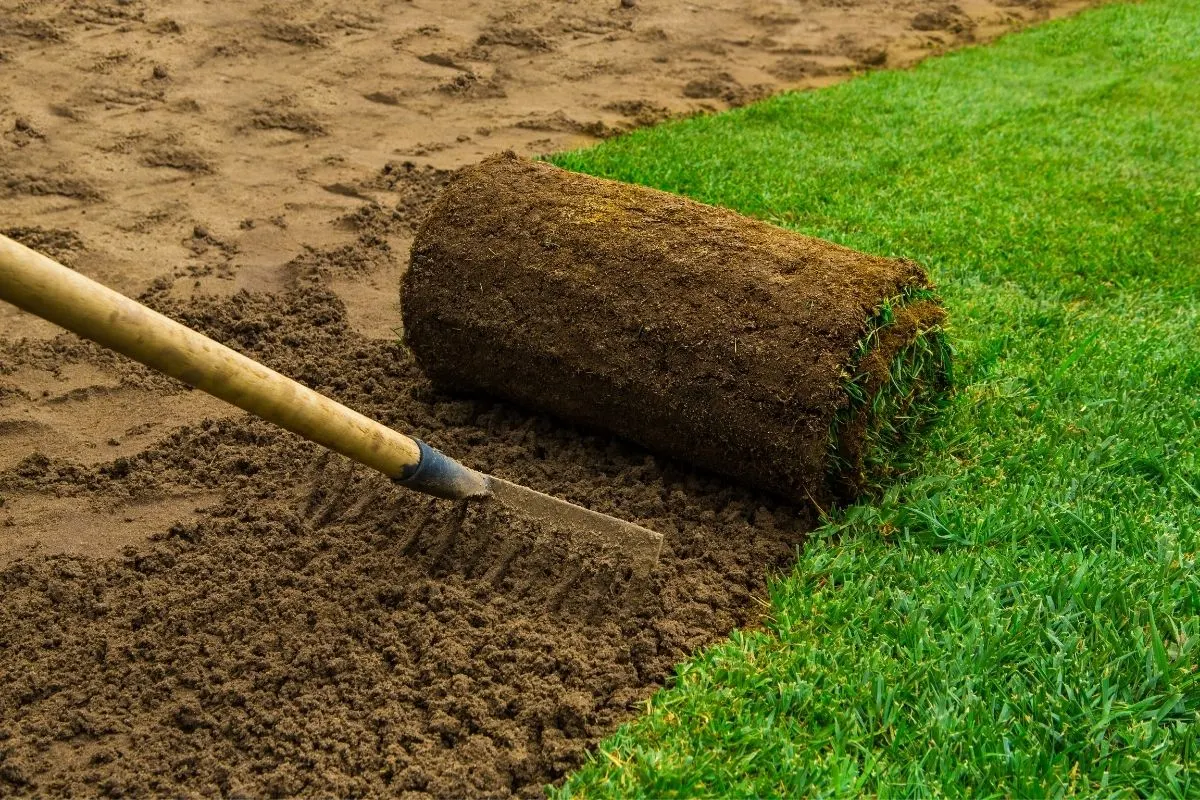
There’s no getting around it: leveling your grass will ruin it. If you don’t want your new level yard to appear like a desert, fresh sod should be installed to bring the lawn back to life. It shouldn’t cost too much if you’re simply resodding a piece of your yard. But if you need to resod your entire yard, the cost of sod installation will be roughly $1,850.
Another possibility is hydroseeding. Hydroseeding is when grass seed is blended with water and sprayed over the lawn. It takes less water to get started and is easier to maintain. Plus, you may tailor the seed mix to the type of grass you want to grow, whether it’s in the shade or in the sun.
Or, since you have already gotten rid of the grass, why not grow an edible landscape instead of grass? Here are 5 edible landscaping ideas you might want to try.
4. Having to clear any land
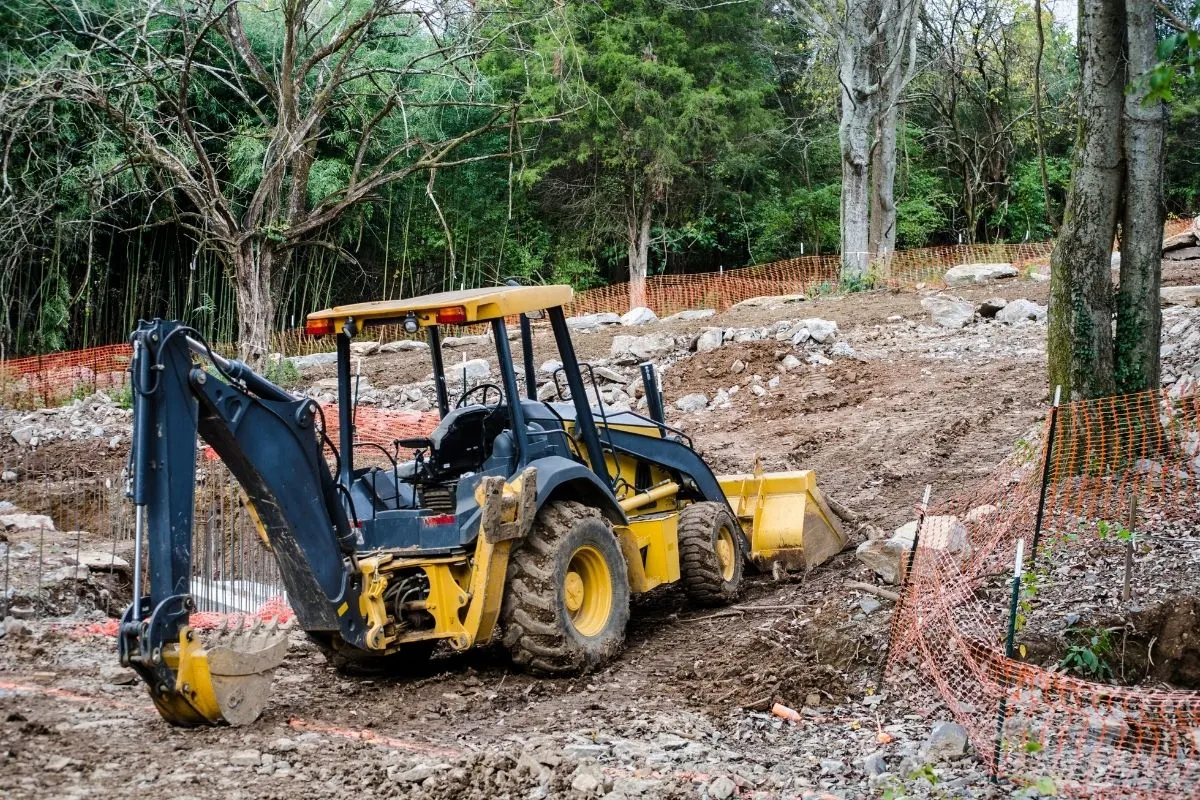
Trees, stones, and landscaping will almost certainly need to be removed. Clearing land could cost from $750 to $2,300, depending on the number of trees on your property.
Trees coupled together as well as large trees boost the price dramatically since they necessitate rigorous safety procedures to keep the tree away from structures (and people).
5. The necessary permits
Grading usually necessitates permits and inspections to ensure that no subsurface pipelines or cables are damaged. If something happens to them, you or your entire neighborhood may be without water or power, which isn’t an excellent way to win friends.
Permits range in price from $100 to $500, depending on where you live in the city and county. You should also contact your underground utility company before proceeding so that they can mark out the wires, according to Dudley.
6. The landscaping involved
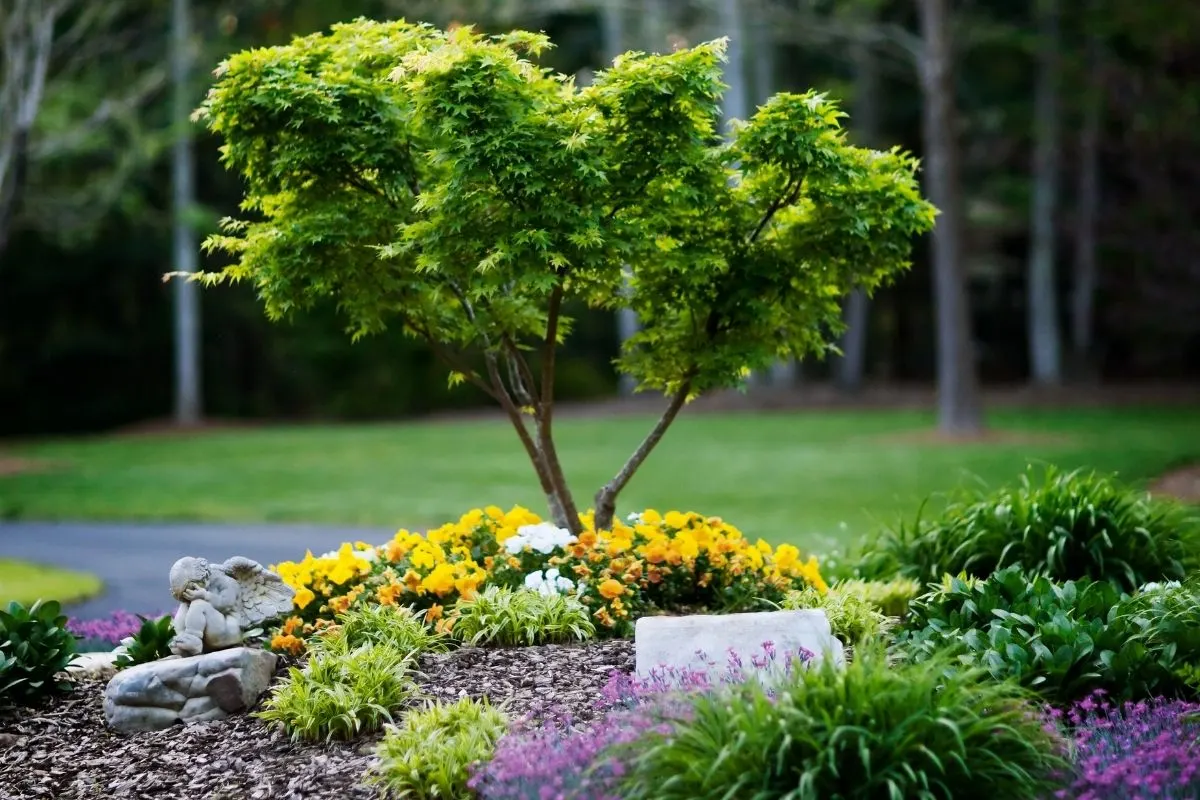
You may begin landscaping after your yard is level. One of the most significant advantages of clearing and leveling land is that you now have a blank canvas on which to design your own garden. So, if you’ve always wanted to pluck fresh lemons off your very own tree, now is your opportunity.
The cost of landscaping ranges from $4,000 to $6,000, depending on the scope of the job. You may save money by planting your own trees and bushes, but it may still be worth it to hire a landscaper for a consultation who can offer you tips and assist with placement.
7. Controlling erosion
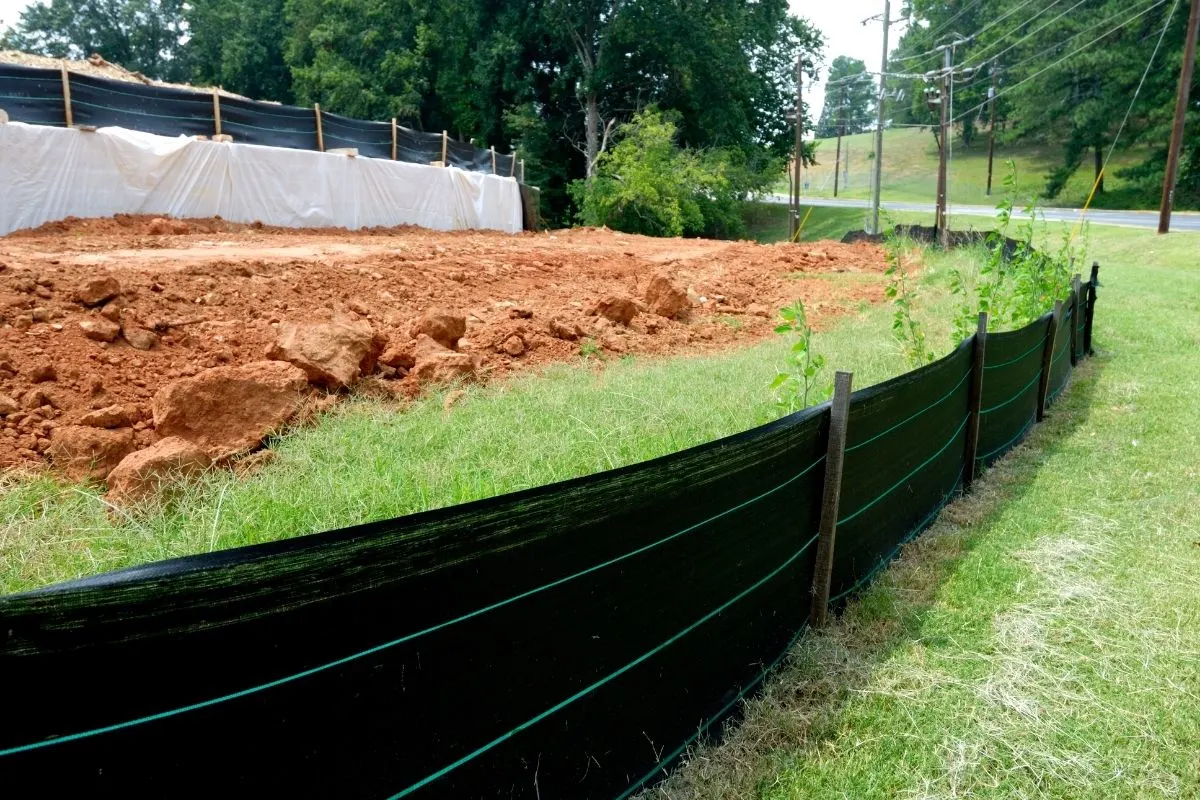
When you dig up the earth and move it somewhere else, you risk causing erosion. Erosion is the process of the ground sliding or shifting due to natural forces.
The process of erosion may tear down even the healthiest yard. Soil can shift and impair leveling due to groundwater, rain, wind, and other factors. To address this natural occurrence, professionals employ a variety of techniques.
Planting live and rooted plants is one technique to help with erosion management.
It is an excellent method for preventing the earth from washing away during the first downpour. Another option is installing wooden or metal edging or bracing where you’ve moved the fresh soil. In any case, consider erosion management considerations as part of the resurfacing cost when re-sloping your grass.
So now that you know that sod is necessary, the cost of building a retaining wall is on average $2 900 to $7 800. The cost of mulching, on average, is around $ 160 to $ 300.
The most costly choice is retaining walls, which are also the most durable. Applying sod may need to be done once a year, whereas spreading mulch may need to be done many times a year. The prices for each technique reflect this. Most leveling professionals can also construct retaining walls.
A landscaper that specializes in heavy sod and mulching would usually charge a cheaper hourly fee. Many landscapers may save money by bringing their own supplies rather than buying them at the shop.
In the end, you need to tally all of these factors for an accurate project cost, and only then can you really know how much this can cost you.
And if the cost is prohibitive, why not just keep your hillside and landscape accordingly?
Here are a few hillside landscaping ideas.
Final Thoughts
Leveling a yard is no walk in the park if you have a big yard. It indeed is a steep exercise to do it properly, and doing it the correct way ensures a long-lasting and excellent result.
People level their yards for various reasons, both practical and aesthetic. While you may be leveling your yard to build a deck, someone else may be leveling theirs just to have a flat lawn.
So don’t forget to take on that perfect opportunity to plant all the seeds you intend to grow before you embark on this exciting project.
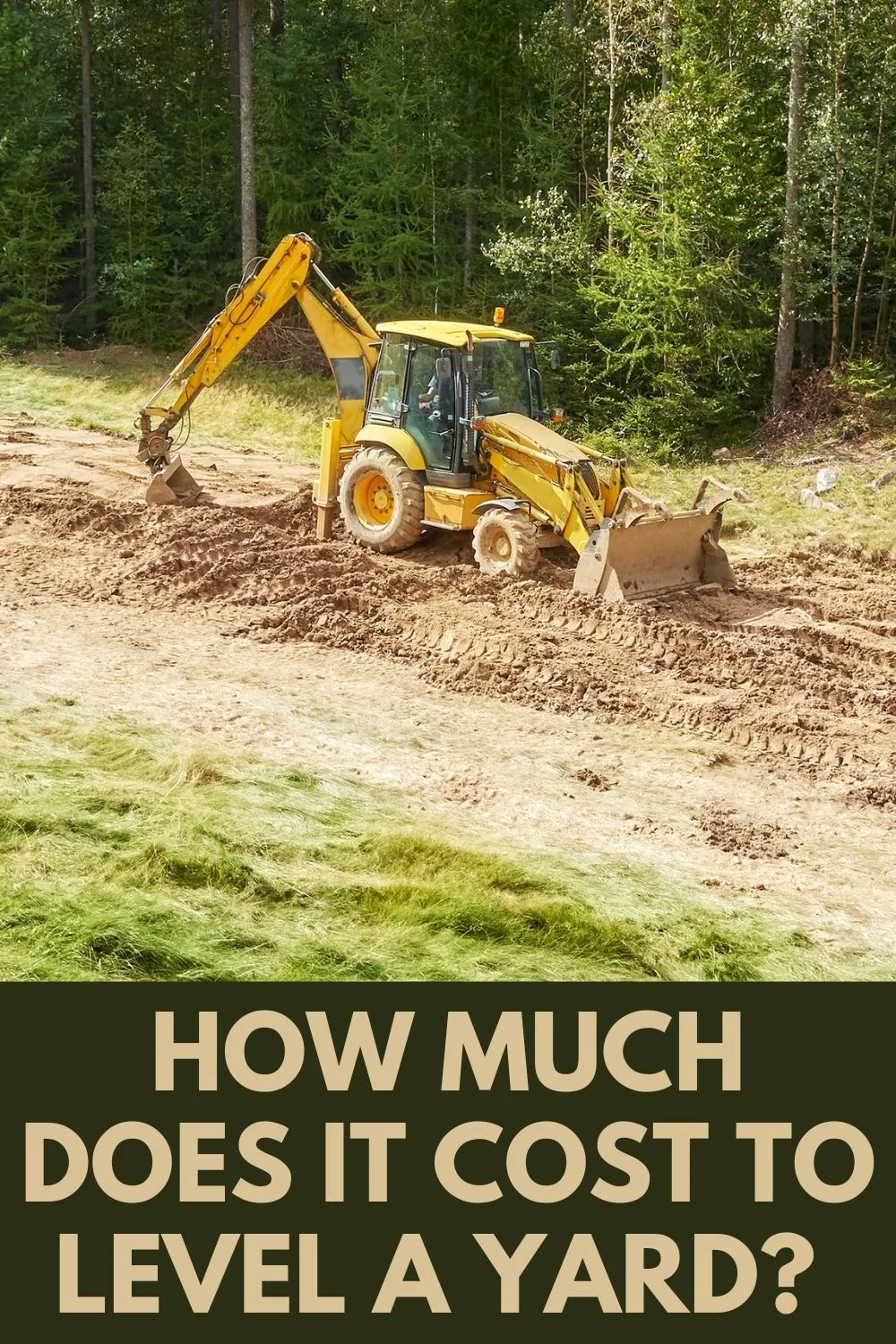

Best Garden Tractor For Hills
Tuesday 23rd of August 2022
[…] Tired of a hilly yard? Here’s what it would cost to level a yard. […]